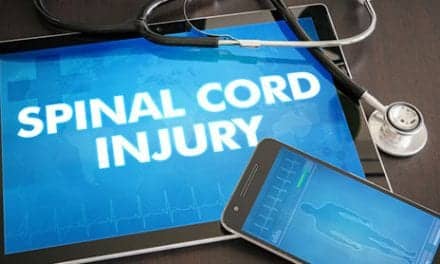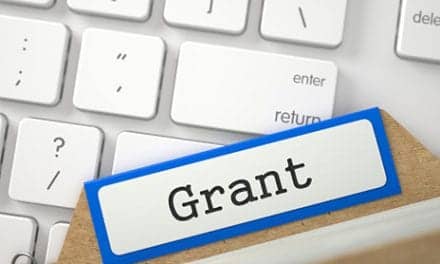Scientists from Far Eastern Federal University (FEFU) together with leading international experts suggest reconsidering the existing treatment protocol for severe spasticity, a complication of spinal cord injury. The study was published in Progress in Brain Research.
FEFU researchers developed a protocol to learn more about the eligibility of disabled patients with spinal cord trauma and severe spasticity to receive an implantation of a spinal cord stimulator or an Intrathecal Baclofen infusion pump. These alternative methodologies were compared in two experimental groups.
They suggest that patients experience up to 3-5 days of preliminary experimental spinal cord stimulation before being approved for surgery. If patients do not register a response to the electrical impulses, they need to be tested for their reaction to Baclofen. This important step helps both the patient and their doctor make an informed decision about the type of surgery, a media release from Far Eastern Federal University explains.
Considerable Improvement After 1 Year
According to the team, 12 months after the surgery the state of the patients in both groups improved considerably related to the control group. Moreover, patients with implanted Baclofen infusion pumps showed improved motor functions. However, the team still believes spinal cord stimulation (SCS) to be a prospective therapeutic method and suggests reconsidering existing international practices of treating patients with severe spinal cord trauma.
“Over 800 thousand people suffer from concomitant spine injuries with spinal cord transection every year. Only one out of three patients survives this severe condition. The survivors are often 20 to 25 years old. Sadly, they usually stay disabled for the rest of their lives. 80% of the patients develop spastic syndrome that dramatically reduces the prospects of rehabilitation and causes severe complications.
“Intrathecal Baclofen Therapy (IBT) is the most popular type of treatment for these patients. A pump implanted into a patient’s body delivers Baclofen directly to the spinal cord, thus reducing the muscle tone. However, this method is associated with many risks and complications, and more importantly, it makes a patient forever dependent on Baclofen treatment and deprives them of any hope of improvement.”
— Igor Bryukhovetskiy, the Head of the Laboratory of Molecular and Cellular Neurobiology, Department of Fundamental Medicine of the School of Biomedicine at FEFU
SCS, or electrical neuromodulation of the spinal cord with a small implanted stimulator, is the next step to approach the issues of verticalization and motor rehabilitation of patients after severe spinal trauma. This type of surgery gives paralyzed patients the biggest chances for maximum future rehabilitation.
After the surgery, a stimulator begins to send signals to electrodes implanted in the spinal cord, which helps activate the neuronal circuits below the injured area. The circuits regain their ability to receive commands from the brain and to activate the neurons that move the leg muscles, the release continues.
“Statistically, complete spinal cord neurotmesis or disruption happens quite rarely, while partial allows for a certain degree of recovery. In the first and second years of treatment, the main methods are systematic neuroprotection and regenerative therapy, specifically, with the use of biomedical cell products. These methods can help considerably improve a patient’s neurological functions.
“However, the therapy of spastic syndrome requires a completely different approach. To solve this issue, we suggest implanting a spinal cord stimulation system that can reduce spasticity by means of suppressing pathological impulses in the spinal cord with electric current.”
— Artur Biktimirov, a co-author of the work, a neurosurgeon at FEFU Medical Center, and an analyst at the FEFU National Technological Initiative Center
According to him, patients with complete spinal cord neurotmesis have very limited rehabilitation potential. However, SCS opens new prospects for motor neurorehabilitation even at the stages when other methods fail.
Based on Treatment Results from 66 Patients
The study is based on the results of the treatment of 66 patients of FEFU Medical Center. The patients were 18 to 62 years of age (36 on average), suffered from spinal cord trauma and severe spasticity, and were paralyzed below the injury level. Based on the outcome of preliminary testing, the first group of 18 patients underwent the implanting of SCS devices, while the second group (15 patients) received Baclofen pumps. The rest of the patients preferred conservative treatment to surgery and consent to form a control group.
The neuromodulation method is being developed by the FEFU School of Biomedicine, and the FEFU National Technological Initiative Center for Neurotechnology, VR, and AR in collaboration with leading Russian and international experts.
[Source(s): Far Eastern Federal University, EurekAlert]
Related Content:
Blood Pressure Med Puts Stop Sign in Front of Post-SCI Spasticity
Brain Stimulation Protocol Potentially Reduces Spasticity in SCI Patients
Study Suggests Link Between Spasticity and Overexpression of a Specific Neuronal Cotransporter





